LG's G8 ThinQ is something of a mixed bag. In general, it's a pretty solid device. It's got a nice OLED display, a decent camera with no bump on the back, and as always, LG has the best 3.5mm audio jack on the market.
But LG also introduced features like Hand ID and Air Motion, features that take advantage of the additional sensors in the front camera. To be honest, I have no idea what the company was thinking with either of these, although at least Hand ID works pretty well. Air Motion takes a bit of getting used to.
At $849.99, the real question is if the handset can take on the likes of Samsung and Huawei, which are both doing some really cool things. Here's our review.
Specs
| CPU | Qualcomm Snapdragon 855, 2.84GHz Kryo 485, triple-core 2.42GHz Kryo 485, quad-core 1.79GHz Kryo 485 |
|---|---|
| GPU | Adreno 640 |
| Display | 6.1 inches, 1440x3120, 19.5:9, 564ppi, P-OLED |
| Body | 151.9x71.8x8.4mm (5.98x2.83x0.33in), 167g (5.89oz) |
| Camera | 12MP + 16MP, Front - 8MP |
| Video | 4K - 60fps, Front - 1080p - 30fps |
| Aperture | f/1.5 + f/1.9, Front - f/1..7 |
| Camera features | Standard and wide-angle lenses, dual pixel PDAF, TOF front |
| Storage | 128GB |
| RAM | 6GB |
| Battery | 3,500mAh |
| Price | $849.99 |
Day one
Design
There's no camera bump. I just wanted to throw that out there, because it seems like the idea of not having a camera bump has been forgotten in this day and age. I actually really appreciate it too, and I forgot how much I love having a phone with a smooth back.

Of course, the bad news is that you'll want to spend a bit extra time making sure your phone is clean. After all, the glass back catches fingerprints, and now the camera is part of that glass back.
It's likely that you'll want to put a case on it, as many do. This device is particularly slippery, which I actually think is fine. If we're being honest, there are a lot of slippery phones out there; we're in the age of glass sandwiches, and that's just how it is.

Below the camera module is a fingerprint sensor, in the same place that LG traditionally puts it. It's not a button, as LG used to do a couple of years ago. Instead, the power button is on the right side of the device, above the nano-SIM tray. I still don't know why LG made this change a while back, removing the button from the fingerprint sensor and adding it to the side of the device.

On the left side, there's a volume rocker and below that, a dedicated Google Assistant button. If you're an Assistant person, then that button will be very useful. I am not, so I hate this trend of dedicated buttons for virtual assistants. Again, this just seems to be the world we live in now, with Samsung and its Bixby button.

On the bottom, there's a speaker grille, a USB Type-C port, and a 3.5mm combo audio jack. As I mentioned above, it's the best 3.5mm audio jack that's on the market. This is due to LG's 32-bit Hi-Fi Quad DAC, and the difference in audio quality is noticeable. For some reason, this was actually off by default on my unit, so you might want to turn it on in your quick settings. I also encourage you to toggle it on and off, and you'll hear the difference with any pair of headphones.
Display
That brings us to the front of the LG G8 ThinQ. This handset includes a 1440p 19.5:9 P-OLED display, and I really have to say, LG has come a long way with P-OLED since the days of the G Flex 2. The colors are vibrant, but they also don't seem as saturated as on the Super AMOLED screen of a Samsung Galaxy.

Of course, the biggest benefit of any type of OLED screen is true black, which is achieved by turning off pixels. Colors rendered on top of that tend to be more vibrant than when on top of a backlight like with an LCD. This really helps with an always-on display.
The screen can also get pretty bright when you want it to. Seeing the screen outdoors used to be a common problem with LG devices, but not anymore. If you bring down quick settings, turn off auto-brightness, and slide it all the way up, you'll be in really good shape no matter what the lighting is.
The always-on display shows the time, date, battery indicator, weather, and more. Because the screen is OLED, all you see is the information on the screen. With an LCD, such as with lower-end Motorola phones, you can actually see that the whole screen is on when you're in a dark room.

The display has a full-sized notch to fit the front camera and the 'Z Camera', which is a time-of-flight sensor. Luckily, the notch isn't as deep as Google's horrendous Pixel 3 XL notch. While I understand LG's point in adding the additional sensor, the notch stands out among the rest of the flagship crowd (except for the Pixel 3 XL, of course). Samsung is using a hole-punch display, and Huawei has a teardrop notch. It just feels like the kind of notch we'd have seen from a 2018 phone.
One thing that's cool about the notch is that there's no earpiece. It has a Crystal Sound OLED, so the display actually vibrates to produce sound. It also includes LG's Boombox Speaker, which offers pretty good sound on its own.
It also bugs me that there's no fingerprint sensor in the display, another 2019 trend. I hate to be that guy and say that dedicated fingerprint sensors are so 2018, but they're just so 2018. The good news is that you actually get a better fingerprint sensor though.
My complaints about the notch and the fingerprint sensor are somewhat superficial though. It just seems like Samsung and Huawei are making real advancements in these areas, while LG is working on things like Air Motion.
Hand ID and Air Motion
As I mentioned previously, there's a time-of-flight sensor next to the front camera, and that exists for Hand ID and Air Motion. Hand ID is a new form of biometric authentication that reads the palm of your hand. That's right; the palm of your hand, and it actually works pretty well.
The problem is that no one asked for this, and while I have it set up, I really haven't found myself using it. The phone has to be awake for it to look for your palm, and if you're close enough to the power button to turn it on, you're probably close enough to the fingerprint sensor. The device does have double tap to wake, so you could use this to unlock your phone without picking it up if you actually wanted to do that.
But then again, there's also facial recognition. The ToF sensor also provides more secure facial recognition, so that's one real benefit to it. But with facial recognition and a solid fingerprint sensor, I just don't see the need for Hand ID.

And then there's Air Motion. While the phone is unlocked, you can hold your palm above the Z Camera. A blue bar will light up, and you can pinch to take a screenshot. You can also make your hand into a claw-like shape, and you'll be able to gesture left or right to open apps, which you've specified beforehand.
Air Motion works, but it takes a while to get used to. It took me days before I got the hang of launching apps instead of accidentally taking screenshots.
Still, I just don't see the point. I really don't think anyone was asking for ways to launch apps or take screenshots without touching their phone. If you really wanted to though, you could double-tap to wake the G8 ThinQ, unlock it with your hand, and then make a gesture to launch an app, all without picking up the device.
Camera
LG's latest flagship handset includes two cameras on the back, a 12MP standard sensor and a 16MP wide-angle lens. Honestly, if you're a smartphone camera enthusiast, the lack of a third lens probably already disqualifies the G8 ThinQ. The V-series has always been more about camera innovation, and if you want a third, zoom lens, the V40 ThinQ is still a great choice.
Since LG's first dual-lens cameras in the V20, that second sensor was always for wide-angle shots, unlike competitors that used a second lens for zoom. Triple-lens cameras don't make you choose, of course, although a zoom lens might have required a larger sensor and forced LG to compromise on not having a camera bump.
The camera itself is pretty good, with its large f/1.5 aperture allowing for solid low-light performance. There is a night mode option as well, which just seems to make the image brighter or darker.
While the low-light still isn't as good as Huawei's P30 Pro or Samsung's Galaxy S10+, the camera does pull off other things that those devices don't. For example, the G8 ThinQ can capture video at 4K 60fps, something that Huawei is yet to master. It can also record portrait mode video, albeit only at 1080p 30fps, something that Samsung reserved for its $1,299 Galaxy S10 5G.
As I mentioned, there's an option to record video in portrait mode, something that Qualcomm boasted as a feature of its Snapdragon 855 Mobile Platform. The feature does still seem like it needs a bit of work when there's movement.
Performance and battery life
As always, it's a flagship phone with a flagship chipset, so performance is everything that you need or want. The LG G8 ThinQ uses Qualcomm's new Snapdragon 855 Mobile Platform, which is a beast. To be fair, the new chipset is always a beast in the springtime; in the fall, it's fast; next spring, it's old.
As far as battery life goes, I was disappointed. It's got a 3,500mAh battery, so that should be plenty, but it doesn't seem to be. For the most part, I made it through the day, but not confidently. If you're the type of person that needs to get to a charger when you're down to 30%, you'll find yourself charging in the middle of the day. On most days, I was below 20% at the end of the day. I'd give it a full charge before bed, and I'd be below 90% when I woke up.
For benchmarks, I used Geekbench 4, AnTuTu, and GFXBench, as usual. First up is the CPU test from Geekbench 4.
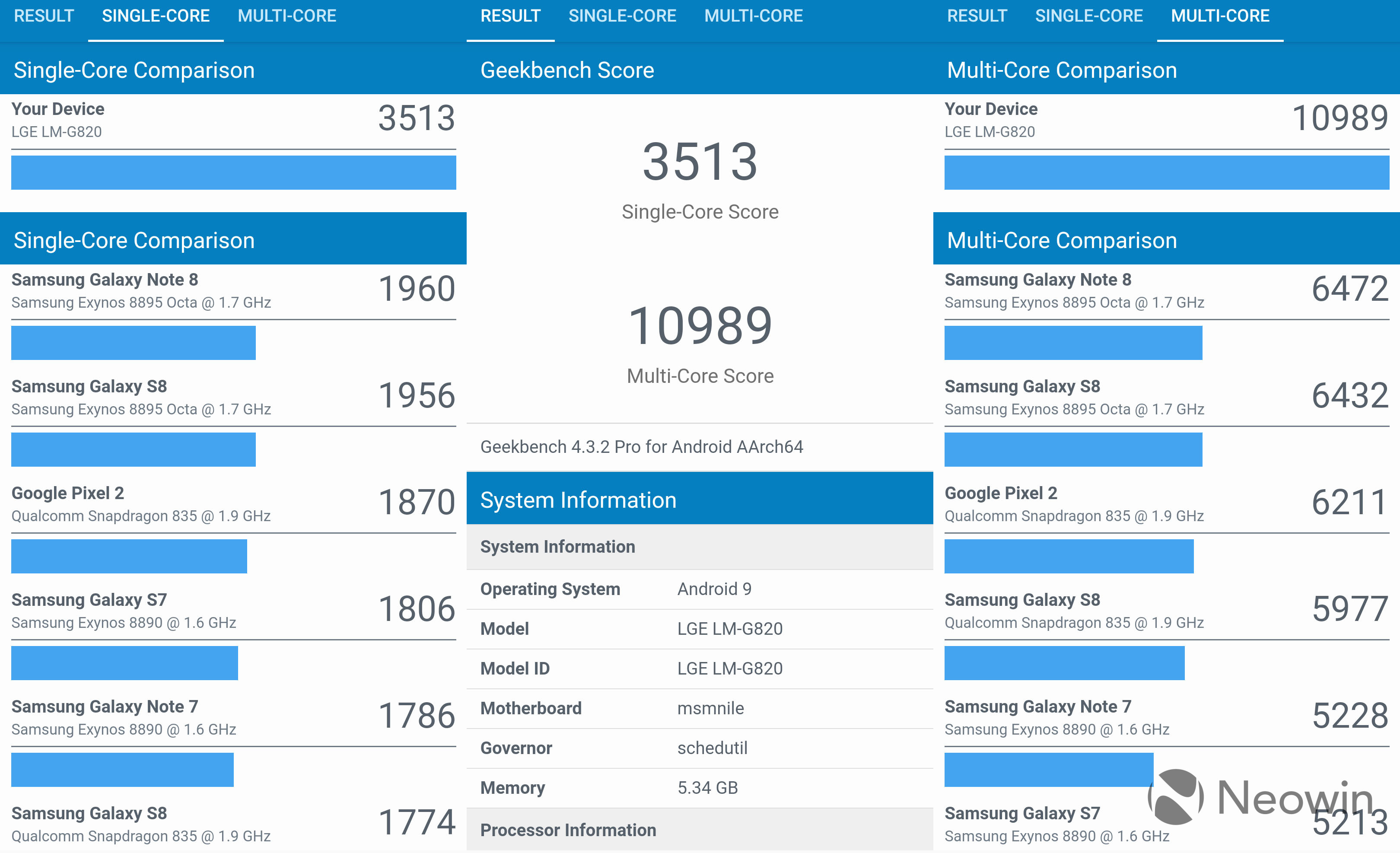
As was the case with the Galaxy S10+, the Snapdragon 855 beats the iPhone Xs Max's multi-core score of 10,731, and loses out to the single-core score of 4,798. It beats Huawei's Kirin 980 chipset in the P30 Pro, which got 3,255 in single-core and 9,608 in multi-core. Next up is AnTuTu with its all-in-one test.

For this test, it outperformed the iPhone Xs Max's score of 312,678 and the P30 Pro's score of 291,321. Finally, GFXBench does GPU tests.

Conclusion
Ultimately, the LG G8 ThinQ is a pretty solid handset. I'm more of a V-series man, but that's just personal preference, and it's why LG makes two lines of phones. I absolutely love that there's no camera bump though. I know it sounds like a strange favorite feature, but it's something that other companies have stopped striving for.

And let's face it; Air Motion is dumb. It's one of the most gimmicky features I've seen in a long time. There's some good news though. You don't have to use it. You don't even have to turn it on, and you'll just have a regular smartphone, which is fine. The battery life could be better, and that could be improved by adjusting the screen resolution and turning off the always-on display at night.
I was disappointed at the notch and the lack of an in-display fingerprint sensor, mainly because I have to hold this device in comparison with the other devices on the market. I didn't list the fingerprint sensor as a con though, because in-display fingerprint sensors aren't as good as dedicated ones.
So here's the good: there's no camera bump, it's a beautiful and sleek design, a bright OLED display, and of course, not only does it have a 3.5mm headphone jack, but it's the best one on the market. At $849.99, I'd say it's a buy, depending on what your priorities are. Luckily, right now it's discounted to less than $650 pretty much everywhere, and that's a steal.































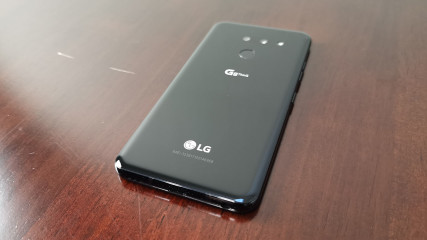
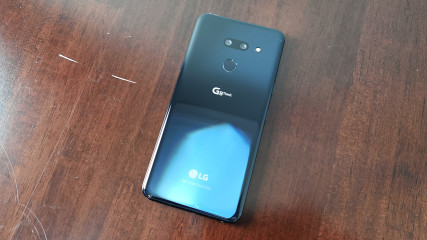
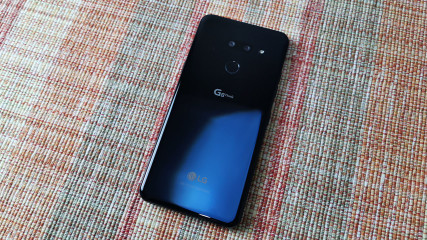




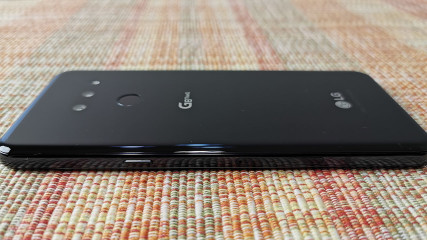
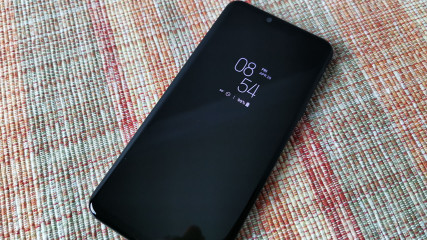
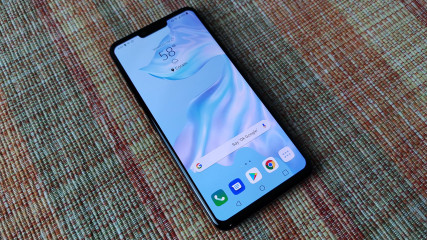
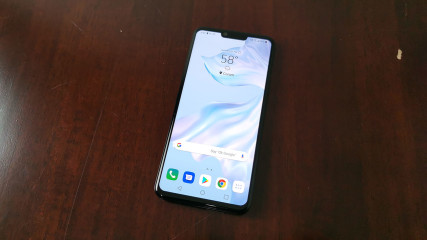

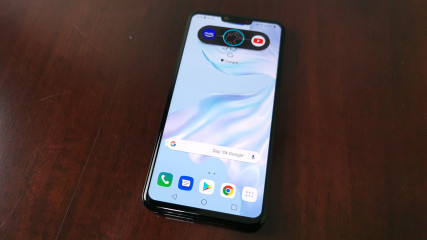











7 Comments - Add comment